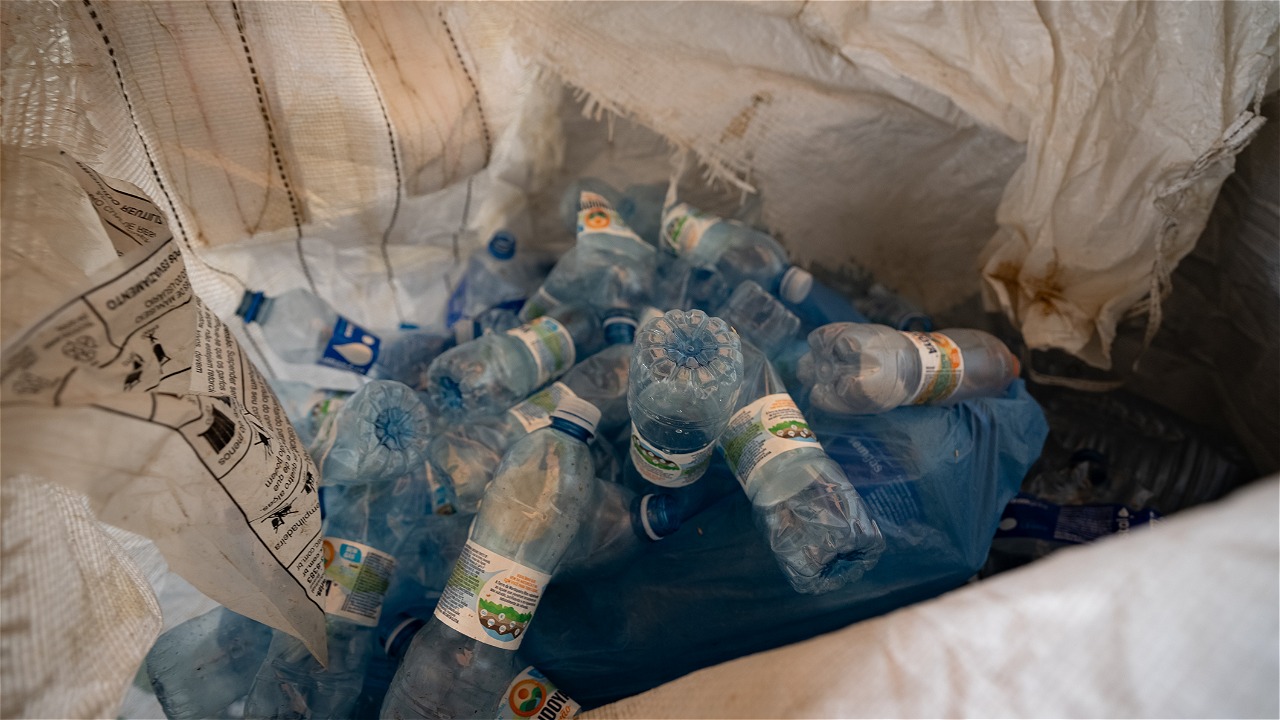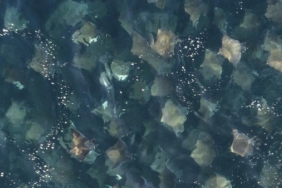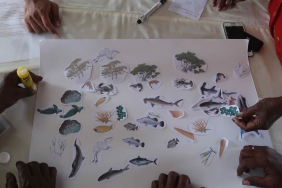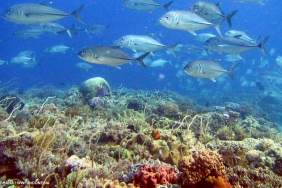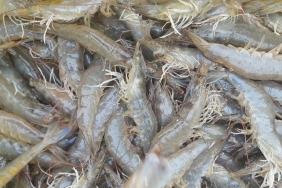NATIONAL WASTE DAY: WWF INVITES COMMUNITY TO CLEAN UP TRASH ON HOAT ISLAND
By: Alan Batkormbawa (Yamdena MPA Site Representative WWF-Indonesia Inner Banda Arc Subseascape)
National Waste Awareness Day is a valuable moment to care about environmental cleanliness, especially in waste management with simple steps, namely Reduce, Reuse, Recycle (3R). Minister of Environment and Forestry, Siti Nurbaya Bakar said, currently waste in Indonesia reaches 64 million tons per year and only 5.6% of people sort waste. Presidential Regulation No. 97 of 2017 concerning the National Strategic Policy for Waste Management proclaims that by 2025 there will be a reduction in waste generation by 30% or the equivalent of 20.9 million tons and waste handling will reach 70% or the equivalent of 49.9 million tons (KLHK, 2017).
Tuesday, February 20, 2018 speedboat WWF-Indonesia Inner Banda Arc Subseascape (IBAS) is speeding towards Hoat Island, Manyew District, Southeast Maluku Regency. The scorching heat and sea breeze added more enthusiasm to clean up the garbage on Hoat Island. We did this spontaneity to celebrate the 2018 National Waste Awareness Day (HPSN) which was commemorated on February 21, 2018 with the theme "Love the Earth, Clean it from Waste."
Upon arrival at Hoat Island, the WWF-Indonesia team dropped the garbage bags onto the beach while waiting for members of the "Hoat Indah" Seaweed Fishermen Group who were harvesting seaweed in the west of Hoat Island. The "Hoat Indah" Seaweed Fishermen Group is a WWF-Indonesia Inner Banda Arc Subseascape (IBAS) assisted group that cultivates seaweed on Hoat Island.
After waiting for 30 minutes, we finally met some members of the group, namely Mama Ina, Mama Lin, and Om Ebi while helping them to carry the harvested seaweed to the beach and dry it. "Mama, today we want to clean up the garbage on the east coast, we want to celebrate National Waste Awareness Day 2018 which falls tomorrow," said Muhamad Iqbal, Fisheries Assistant WWF-Indonesia IBAS.
At around 16:00 WIT, our team moved towards the beach on the eastern part of Hoat Island. Trash of various products, sizes, types, and colors were scattered along the beach. "After the west wind season, usually garbage from anywhere will rise to the beach. It's like this every year," Mama Ina explained to us while putting some mineral water bottles into a trashbag. The majority of the trash we collected was plastic waste such as plastic food wrappers and mineral water bottles as well as small to medium-sized wood chips. At 17.00 WIT we managed to collect 2 large garbage bags filled with garbage and then disposed of them at the landfill.
The fact is, people still make rivers and seas a place for garbage. As a result, some non-biodegradable waste, especially plastic, will be carried away to pollute the beach and the sea. These wastes also pollute the marine ecosystem and have a negative effect on marine biota. Plastic waste that decomposes in the sea will become microplastic and can be swallowed by marine animals accidentally. In fact, Law 18 of 2008 on Waste Management has entered its tenth year. However, the waste problem is still a serious problem and has not been resolved properly.
Public awareness and involvement in waste management needs to be increased by involving all stakeholders in Southeast Maluku. This is a serious problem considering Southeast Maluku is one of the marine tourism destinations in Eastern Indonesia. Concrete actions such as beach cleaning and socialization for the community, especially the younger generation, can be a way to raise public awareness. In the future, it is hoped that people in Southeast Maluku can reduce waste and participate in protecting the surrounding environment from waste in order to realize cleanliness and beauty in Southeast Maluku.

